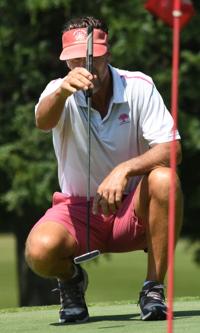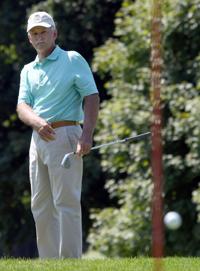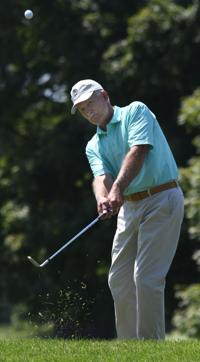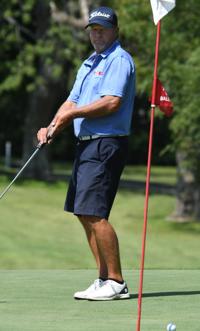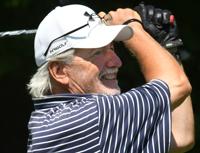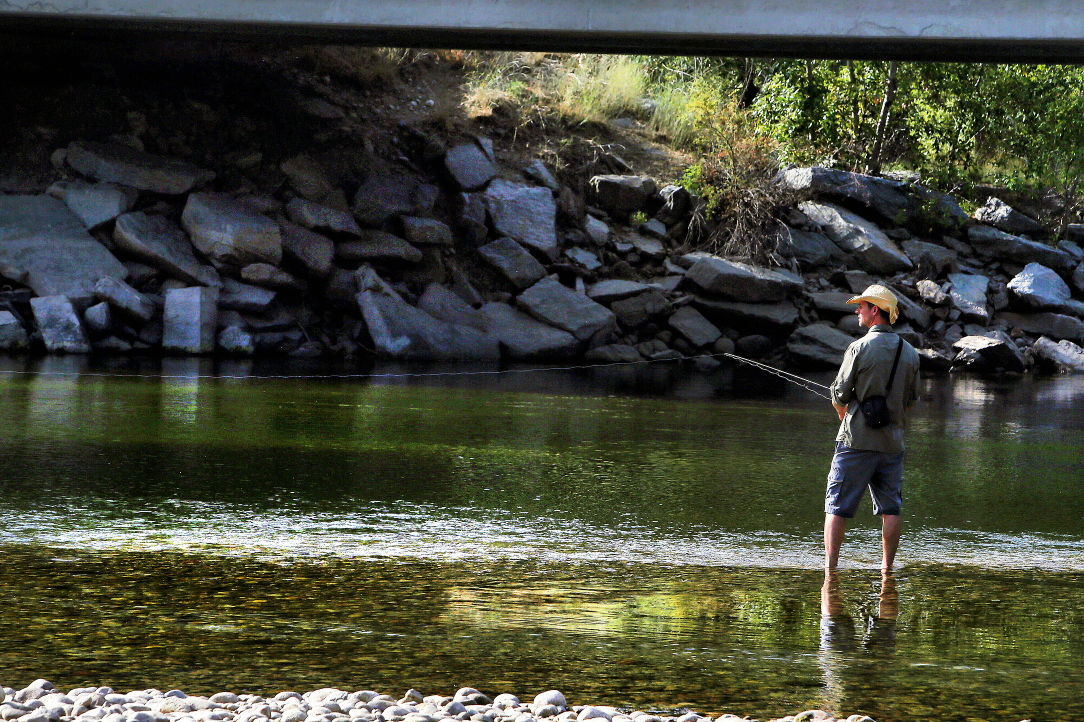- High market demand led to declining numbers and a ban on arapaima fishing in the late 1990s, though illegal poaching for the black market continued.
- According to a recent paper, the co-management system that has helped these fish recover also provides new opportunities for women in fishing communities.
- Women working in co-management have newly independent incomes and receive previously unknown respect for their roles, though further work is needed to cement these gains.
When harvest season comes to the Amazon, Irlene das Graças da Cunha de Figueiredo’s day revolves around fish. During a handful of days every year, when the floodwaters of the river are high, she and her community of São Raimundo share a singular purpose: harvesting a massive fish they call pirarucu. Irlene is in charge of a group of women who process these fish.
From dawn to dusk, they work quickly to eviscerate thousands of pounds of pirarucu before immersing them in ice to be shipped to market.
It’s hard work, but it’s a dramatic change compared to just a few years ago, when Irlene worked in agriculture for subsistence — but received no income. Thanks to a co-management system that engages Amazonian communities in the management of pirarucu, also known as arapaima, women like Irlene can now earn their own income independent of their husbands or fathers.
In many communities, women have also gained a level of respect within the fishing industry that previously did not exist.
“The biggest change was learning, with the exchange of knowledge of women working together, to see the strength of women, their enthusiasm to get an income that they can say that is only theirs,” Irlene wrote in a WhatsApp message about her experience in the fishery. “This joy of having their own money and deciding alone how you will use it is very rewarding, and increases women’s freedom.”
A new study led by Carolina Freitas, a recent Ph.D. graduate of Universidade Federal do Rio Grande do Norte, quantifies how co-management has begun a process of “un-invisibilization” for women in these communities. Through interviews with 143 women living in 54 fishing communities along the Juruá River, Freitas’s team found that women working in arapaima co-management communities earned a median annual income of $215. In communities without this system, the median annual income for women was zero.
“We say that the arapaima is like the fish of change,” co-author João Campos-Silva, an ecologist at Universidade Federal de Alagoas and postdoctoral researcher with the Norwegian University of Life Sciences, said in a video interview. “The arapaima can show how we can build a development pathway for Amazonia.”
New system, new opportunities

Stretching more than 3 meters (10 feet) long and tipping the scales at 180 kilograms (400 pounds) or more, arapaima are the planet’s largest scaled fish. In the 1990s, they were also one of its most endangered, thanks to overfishing and a furious black market. Their numbers dropped so low that arapaima fishing was banned, though the ban did little to stop illegal poaching.
That began to change in the early 2000s, when IBAMA, the Brazilian environmental agency, introduced co-management. Under this system, fishing communities themselves estimate the annual abundance of arapaima in their region. During the August-to-November dry season, when the arapaima are confined to small ponds, the villagers count them directly. This is made possible by the fact that these unusual fish must surface roughly every 15 minutes to breathe air.
The system also reduces poaching by requiring communities to protect the ponds where these fish shelter when river levels are low, and paying them to monitor for offenders. Fishing for arapaima is still banned outside co-management areas, and within them, villages that receive a quota have a season of only two to five days to harvest it.
Though women had always participated in this fishery in some way, they historically weren’t recognized or compensated for their work. Hauling in the enormous catch was limited to men, a skill passed down from father to son. According to the study authors, duties like cooking at fishing camps or cleaning the catch were seen as an extension of women’s household duties, and therefore went unpaid.
With the new system came such an abundance of work that, in many communities, it simply couldn’t be done by men alone. Women began filling many different roles, from counting the arapaima, to measuring them for IBAMA reporting, to preparing them for delivery to market, and even to harvesting them during the brief, intense open season.
Freitas first saw this while doing her Ph.D. research on arapaima co-management, when she followed along during the harvest.
“Talking with them, I started to notice how significant their participation was, how it embedded so many implications,” Freitas wrote in an email to Mongabay. Her team found that as women moved into these new roles, some of their neighbors began to endorse them as important members of the fishery. “Once this empowerment starts to happen in any activity, it will naturally affect women empowerment as a whole — in their daily lives, in their household, in their community.”
The financial benefits of this participation are also notable, as the $215 in median annual income that the researchers found is a considerable sum locally.
This money likely has an effect that extends well beyond the individual, said Sarah Harper, a postdoctoral researcher studying women in global fisheries at the University of British Columbia’s Institute for the Oceans and Fisheries, who was not involved in the arapaima study. According to Harper, when women earn an independent income, that money often disproportionately goes toward family-focused resources like children’s education and more nutritious food.
“It helps shift the dynamic within the household, and can create a condition for women to be more self-sufficient,” Harper said. “Women’s ability to make strategic life decisions is bolstered by needing to make an income. And often that’s to the benefit of their families and children.”
The Juruá community as a whole also benefited from this influx of capital, which allowed for the purchase of new boats and funded health care that was previously out of reach.
And all the while, the fish central to these changes have been finning toward recovery. In a 2019 paper, Campos-Silva and his co-authors found that arapaima populations had increased in all but one protected lake between 2005 and 2016, with an average growth rate of 76%. In one lake, the population saw a veritable boom, increasing by 1,129.9%.
Securing women’s roles into the future

However, there’s still work to do to continue the social progress beginning to flow through the Amazon. Co-author Priscila Lopes, a professor of ecology at Universidade Federal do Rio Grande do Norte who studies women in fisheries throughout Brazil, noted that empowerment helps fisherwomen realize the inequality that pervades the systems around them. For example, Lopes said that when women went to small local hospitals for health problems caused by fishing, they found doctors and nurses didn’t believe their stories, particularly if they came in with painted nails or with their hair done.
And in many communities that Freitas’s team studied, both within and outside co-management areas, decision-making in fisheries still remains stubbornly male-dominated.
Harper said that, because female empowerment was a secondary effect of the management system, this piece of the system may naturally be resistant to change. She also noted that there was no guarantee that women’s roles in these communities would remain if the fishery changed.
In other fisheries, NGOs have seen success from offering workshops focused specifically on breaking down gender norms. These targeted discussions, alongside structural changes — such as providing childcare during fishery meetings — could bring women into the decision-making process and make these gains more robust.
Freitas and Campos-Silva expressed hope that these sorts of changes are on the horizon. Their experiences in the Amazon inspired the two researchers to found Instituto Juruá, a nonprofit focused on bringing sustainable management, grounded in local knowledge and equality, to more Amazonian communities.
“To me, sometimes when we talk about conservation with conservationists, it seems to be something that is at the end of the pathway — something you need to achieve,” Campos-Silva said. “But for us conservation should be a way of life. Should mean a better life. And I think that we can really develop another paradigm of local development and conservation in Amazonia, and I hope we can see it on a large scale in the near future.”
Banner image: Arapaima can grow to 200 kilograms (440 pounds), and it is an important source of protein and income in the Amazon. Photo courtesy of Carlos Peres.
Citations:
Freitas, C. T., Espírito-Santo, H. M. V., Campos-Silva, J. V., Peres, C. A., & Lopes, P. F. M. (2020). Resource co-management as a step towards gender equity in fisheries. Ecological Economies, 176. doi:10.1016/j.ecolecon.2020.106709
Campos‐Silva, J. V., Hawes, J. E., & Peres, C. A. (2019). Population recovery, seasonal site fidelity, and daily activity of pirarucu (Arapaima spp.) in an Amazonian floodplain mosaic. Freshwater Biology, 64(7), 1255-1264. doi:10.1111/fwb.13301
The Link LonkSeptember 01, 2020 at 02:05AM
https://ift.tt/3jx3qaF
Fishing for change: Local management of Amazon's largest fish also empowers women - Mongabay.com
https://ift.tt/35JkYuc
Fish


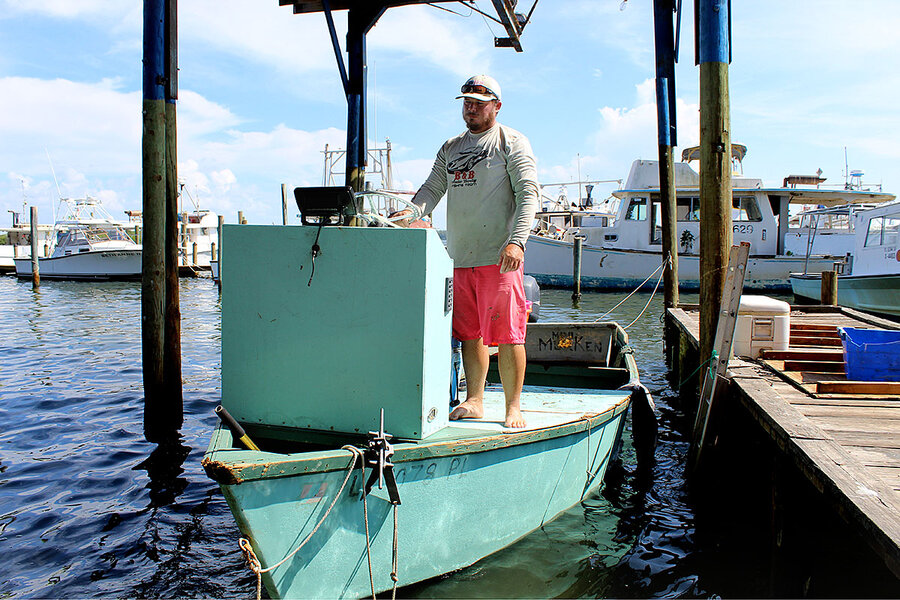
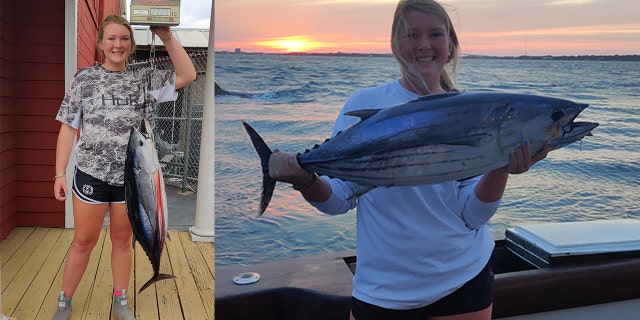
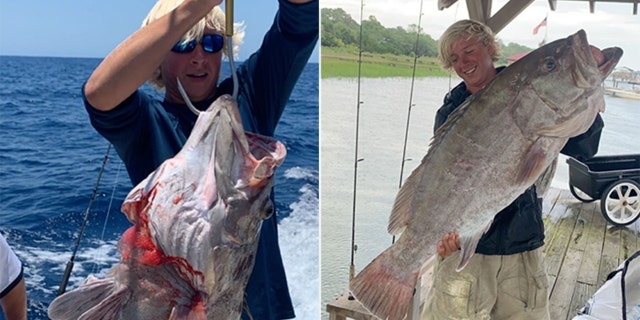
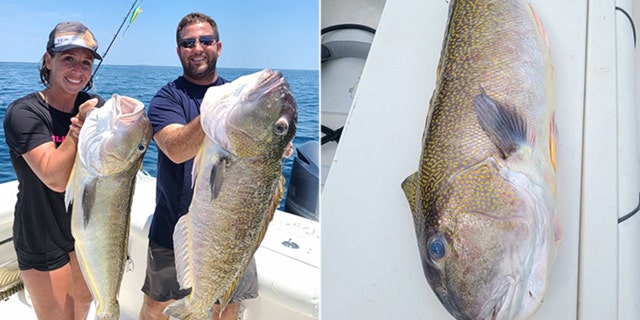
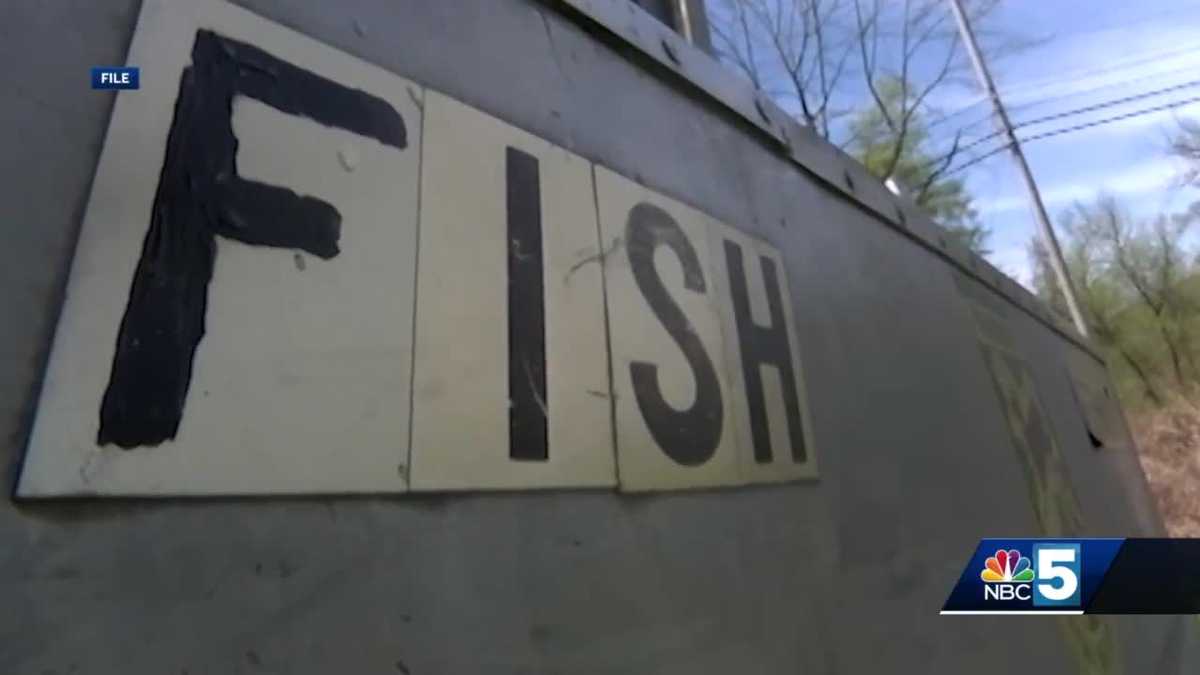

:strip_exif(true):strip_icc(true):no_upscale(true):quality(65)/cloudfront-us-east-1.images.arcpublishing.com/gmg/IVSQLL5NAFD3BN4M7QPV7HVSJU.jpg)





